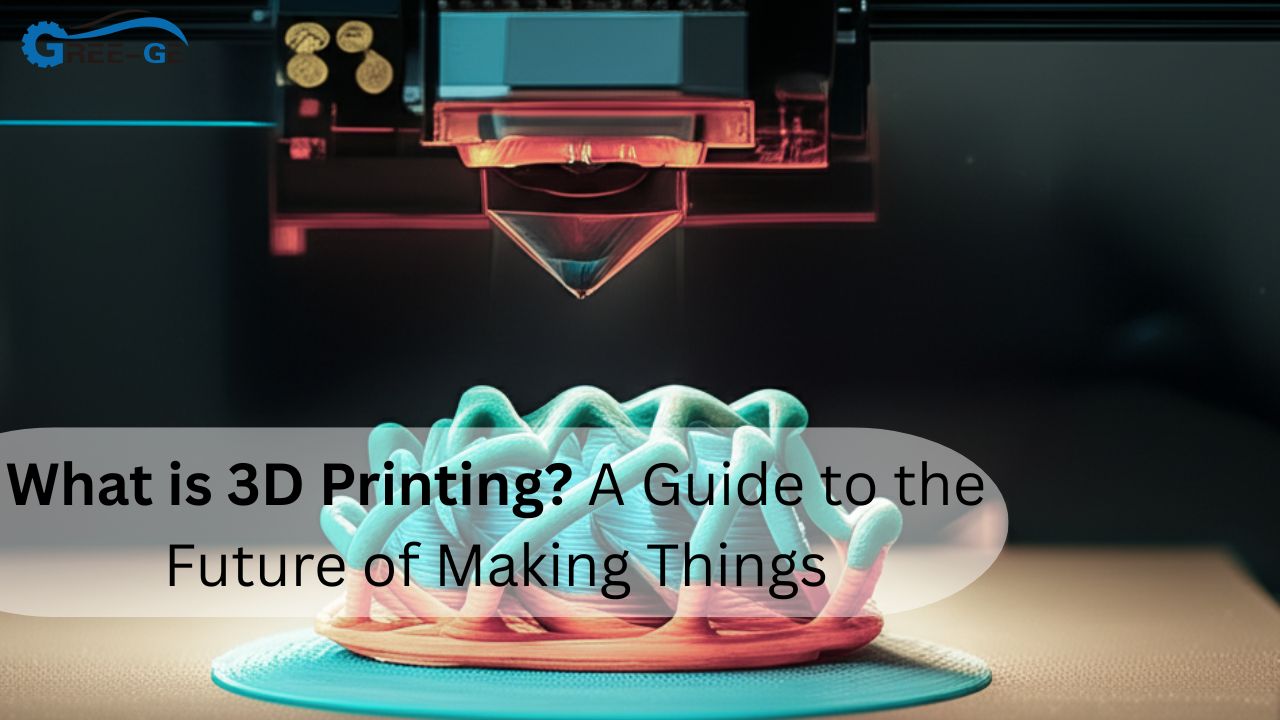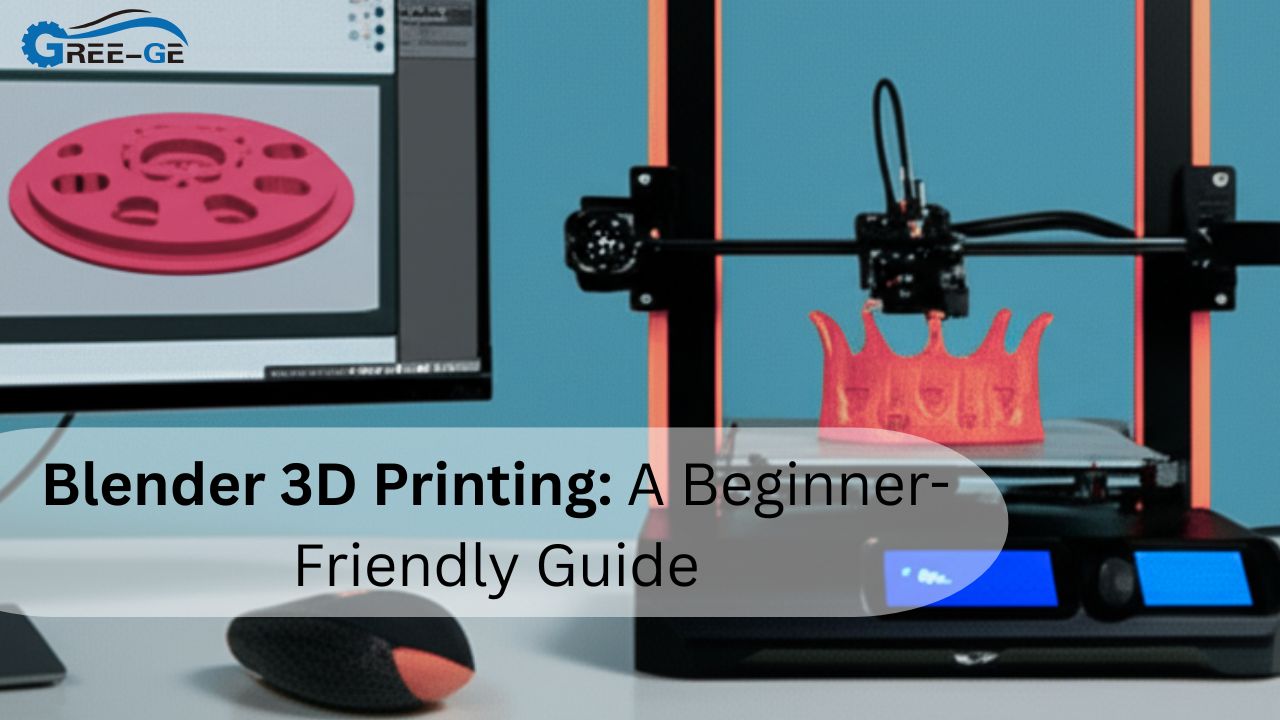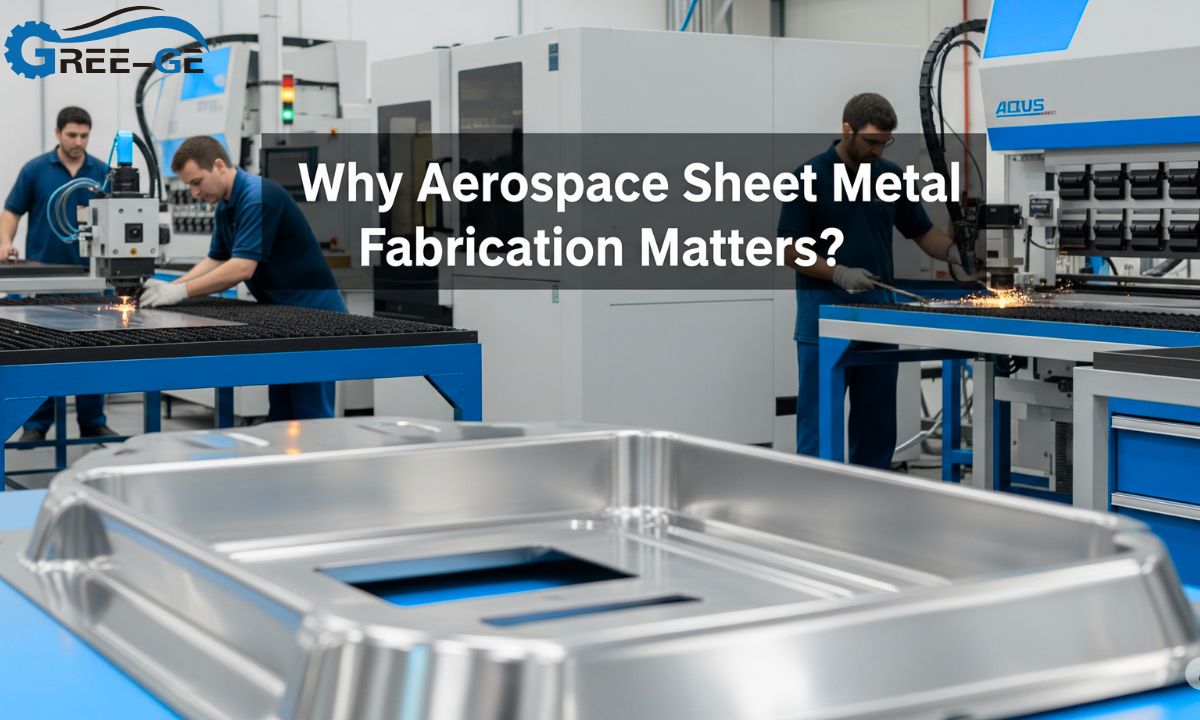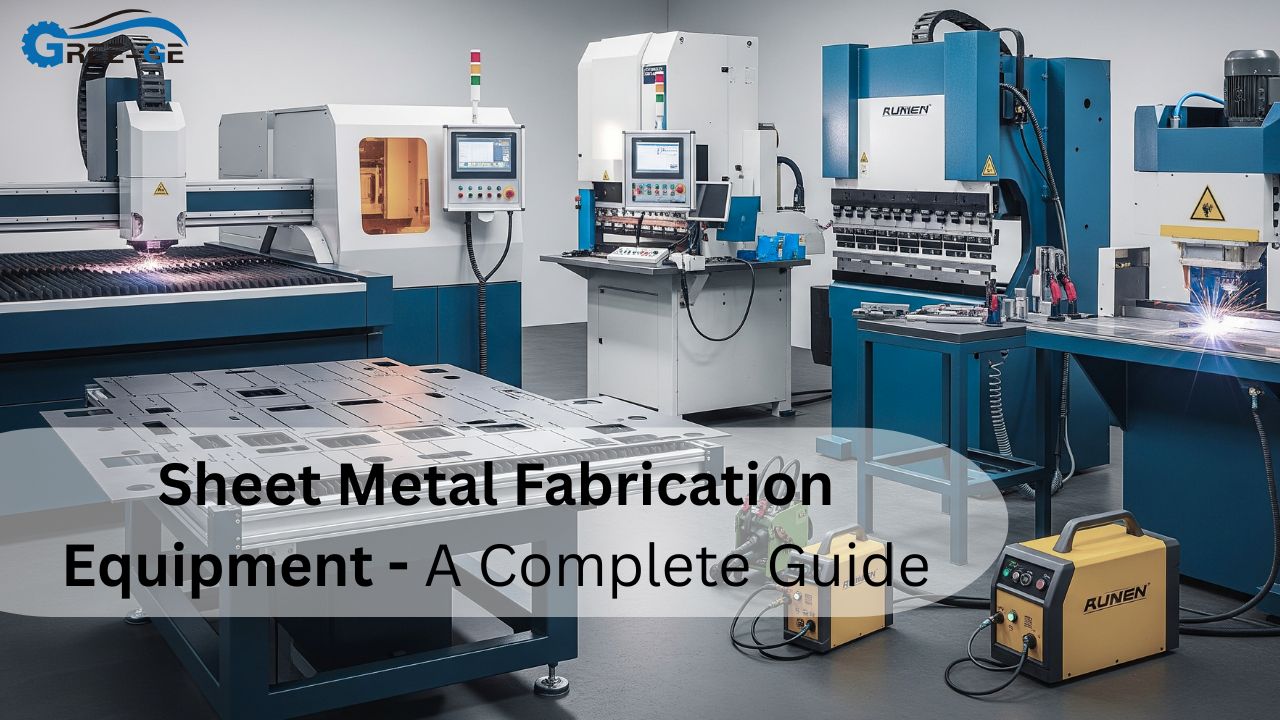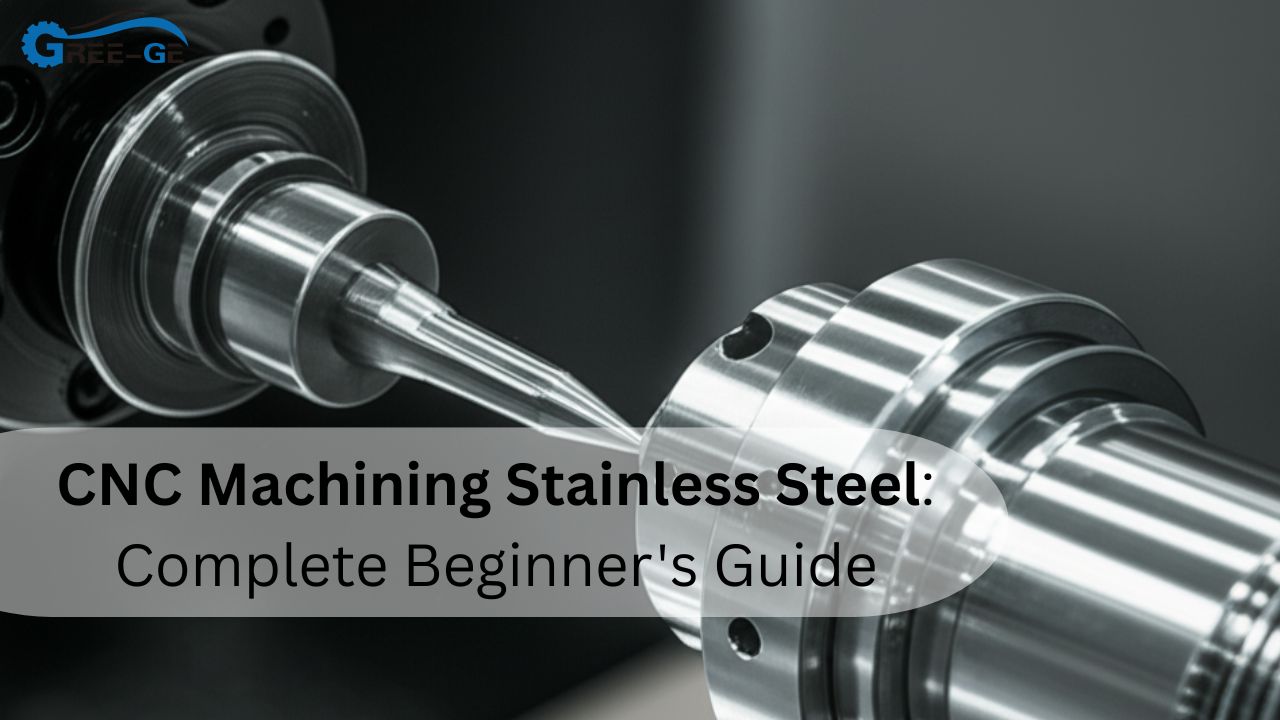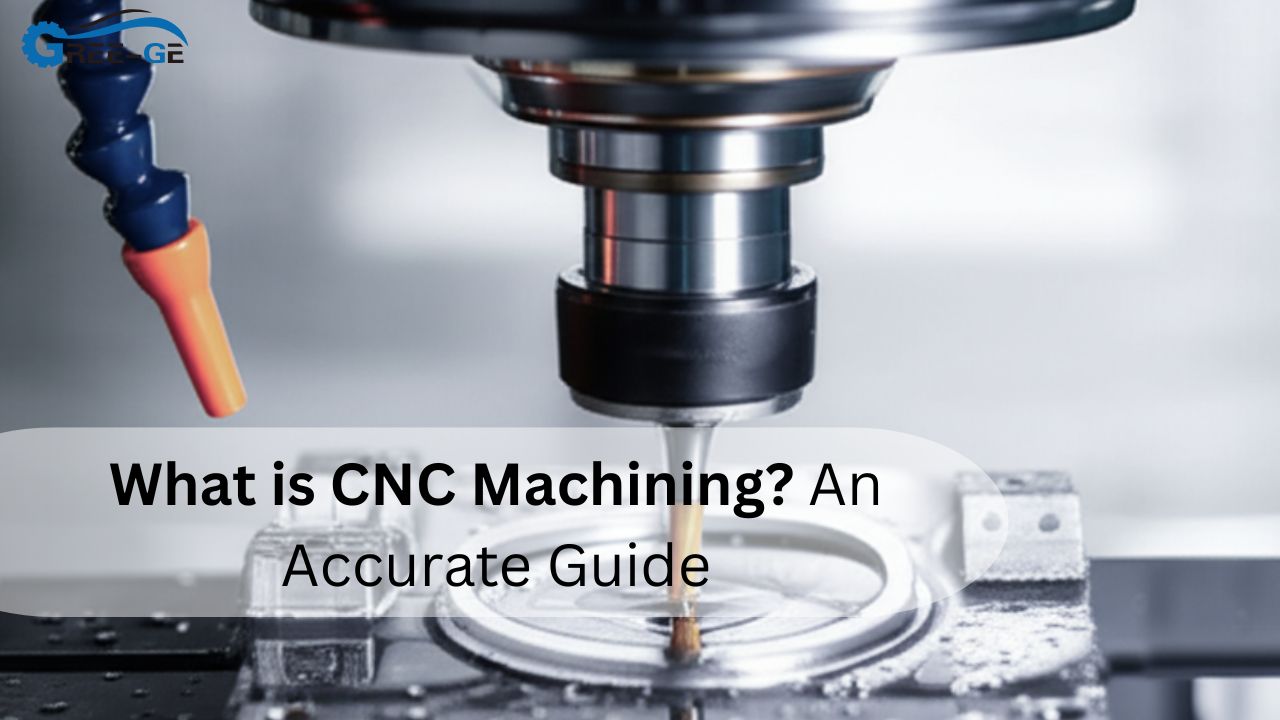If you’re curious about how factories transform sheets of metal or solid blocks into precise parts, you’ve likely come across the phrase CNC metal cutting machines. Maybe you’re a hobbyist interested in metalwork, or you run a small workshop and want to expand your capabilities. Either way, understanding the key machine types can help you decide which one fits your goals and budget.
You might be asking: “Which CNC metal cutting machines are best for thick steel? What about delicate aluminum? Do I need a laser, a plasma arc, or something else entirely?” The short answer is that there’s no one-size-fits-all approach. Each method—whether it’s laser, plasma, milling, routing, or waterjet—shines in different scenarios.
In this guide, we’ll explore all the major categories of CNC metal cutting machines and break down how they operate, which industries use them most, and what you should consider when picking the right tool for your metal fabrication needs.
What is CNC Metal Cutting Machines?
CNC metal cutting machines use computerized controls to direct cutting tools, lasers, or streams of plasma or water. Each system targets different metals, shapes, and thicknesses. From laser precision to heavy-duty plasma arcs, these machines power modern manufacturing across automotive, aerospace, construction, and countless other industries worldwide.
Speed And Efficiency
Each CNC machining varies in speed. Laser cutters can whiz through thin sheets, while plasma arcs take on thicker plates at a moderate pace. Milling or routing depends on tool diameter and feed rates. Choose a system that matches your volume and time constraints.
Material Versatility
Some machines handle a vast range of materials. Waterjets tackle steel, titanium, or even granite, while lasers might focus on ferrous and non-ferrous metals. Plasma arcs flourish with conductive materials, whereas milling can tackle both metal and plastic by simply swapping cutters.
Precision Requirements
If you need fine details—like intricate cutouts or tight tolerances—laser and waterjet systems are known for accuracy. Plasma is slightly less precise but excels in thicker sections. Milling stands out for sculpted components with 3D contours or complex geometrical features.
CNC Laser Cutting Machines
CNC laser cutters are some of the most popular CNC metal cutting machines on the market. They employ a focused laser beam to melt or vaporize metal quickly. You can find CO2 lasers and fiber lasers, each with its own benefits. Fiber lasers have gained traction for being more efficient, particularly with reflective metals like aluminum and brass.
How It Works:
A powerful laser beam is directed onto the workpiece. The heat created at the focal point melts or burns through the metal. A jet of gas (often nitrogen or oxygen) may blow away molten material for a clean edge. The computer-controlled motion ensures each pass is accurate, repeating shapes reliably even at large volumes.
- CO2 Lasers:
- These lasers have been around for decades.
- Great for a range of metals but might struggle with highly reflective surfaces.
- Often more affordable than fiber in initial cost, but can be less energy efficient.
- Fiber Lasers:
- Use fiber optic cables to guide the light beam.
- Not as affected by reflective metals.
- Generally faster and more energy efficient.
Applications:
Laser cutters appear in automotive plants for custom parts, aerospace facilities for complex shapes, and electronics factories needing precise cuts in thin materials. They’re also popular among smaller sheet metal fabrication shops where intricate detail is crucial.
Info: Laser cutting can achieve tolerances as fine as ±0.005 inches (or even better, depending on the machine), making it a top choice for precision tasks.
CNC Plasma Cutting Machines
Plasma cutting is a mainstay among CNC metal cutting machines, especially for medium to thick sheets of steel, aluminum, and other conductive materials. You’ll often see them in construction yards, shipbuilding, and heavy fabrication plants where thick metal plate cutting is a routine task.
How It Works:
A plasma torch generates a high-temperature ionized gas—plasma—to melt through metal. The molten material is blown away by the gas flow. This approach can slice through hefty thicknesses with ease, though it may produce a wider kerf (cut width) than a laser.
Applications:
- Construction beams and girders
- Ship hull components
- Agricultural equipment
- Truck frames and heavy machinery parts
Quick Tip: Consider an air plasma system for a lower-cost setup if you only cut steel occasionally. For industrial work, go with high-powered plasma arcs that handle thicker plates efficiently.
CNC Milling Machines
When it comes to CNC metal cutting machines that can produce complex, 3D shapes, CNC milling stands out. You’re not just cutting edges; you’re sculpting the entire workpiece. This approach is fantastic for parts that need pockets, slots, threads, or multiple faces machined.
How It Works:
A rotating cutting tool—called a mill or end mill—removes material from a stationary or sometimes rotating workpiece. The table can move in multiple axes (often three, four, or five), allowing the machine to carve intricate contours.
Types Of CNC Milling Machines:
- Vertical Milling Machines: The spindle holding the cutting tool is oriented vertically. Common in general machining jobs.
- Horizontal Milling Machines: The spindle is horizontal, making them better for certain heavy-duty tasks. Swarf (metal chips) tends to fall away more easily.
- 5-Axis Milling Machines: Provide movement in five directions. Ideal for complex aerospace or automotive parts with lots of angles and curves.
Applications:
Mold and die shops rely heavily on milling to shape steel blocks into molds for plastic injection. Automotive parts like engine blocks or cylinder heads see extensive milling. Even electronics, such as laptop casings (machined from aluminum), can be milled.
Danger: A poorly secured workpiece can shift during milling, ruining the part, or damaging the cutting tool. Always check your fixturing method before each run.
CNC Routers
CNC routers might not be the first tool you imagine for CNC metal cutting machines, yet they can handle light metals—like aluminum—surprisingly well. They excel at large-format work, especially for signage, decorative panels, or architectural elements.
How It Works:
Routers resemble milling machines but often have lighter frames and spindles. The cutting action is similar: a spinning bit removes material as the table or the gantry moves. While typically associated with wood, many shops adapt CNC routers for thin aluminum or brass if speeds and feeds are properly managed.
Applications:
- Decorative metal signs
- Custom furniture (with some metal inlays)
- Prototyping of thin sheet parts
- Hobbyist or small-business production
Suggestion: If you plan to cut metal on a router, invest in a sturdy frame with minimal flex. Vibration can lead to poor surface finish or broken bits.
CNC Waterjet Cutting Machines
Among CNC metal cutting machines, waterjets cutting stand out for their ability to cut virtually any material without heat distortion. Instead of using a heat source, these systems employ a highly pressurized stream of water, often mixed with an abrasive like garnet.
How It Works:
Water is pressurized up to 50,000–90,000 psi and directed through a small orifice. Abrasive particles may be added to enhance cutting power. The powerful jet erodes the material along the programmed path. Since there’s no intense heat, edges remain free of thermal damage.
Applications:
- Aerospace parts that require minimal stress on edges
- Stone and tile fabrication for custom designs
- Automotive prototypes
- Multi-layer cutting (stack up several sheets to cut simultaneously)
Info: A waterjet can slice through metal up to several inches thick, depending on pump pressure and abrasive quality. It’s also an eco-friendly option since many systems filter and recycle water.
Table Of Machine Comparisons
The question, “Which CNC metal cutting machines should I choose?” comes down to material, thickness, and desired accuracy. Below is a table summarizing the key aspects:
| Machine Type | Ideal For | Common Metals | Typical Thickness Range | Precision Level | Cost Range |
|---|---|---|---|---|---|
| Laser Cutting | Intricate sheet designs | Steel, aluminum, SS | Up to 0.75″ (fiber for 1″+) | High | $$$ (higher startup) |
| Plasma Cutting | Thick, conductive sheets | Steel, stainless, Al | 0.25″ to 2″+ | Moderate | $$ (less than laser) |
| Milling | 3D shapes, prototypes | Steel, aluminum, brass, more | Varies by tool | Very high | $$$ (tooling costs) |
| Routers | Light metal, large format | Aluminum, soft metals | Thin sheets or plates | Moderate | $$ (depends on size) |
| Waterjet | Multi-material thickness | Steel, titanium, etc. | Up to several inches | High | $$$ (pump cost) |
This table offers a quick snapshot of how each machine type serves different needs. Keep in mind that actual thicknesses and costs vary depending on the specific model and your region.
Conclusion
So, which are the different types of CNC metal cutting machines? You now know the main five: laser, plasma, milling, routers, and waterjets. Each excels in specific areas. Laser suits thin or moderately thick sheets with high detail. Plasma blasts through thick conductive metals at speed. Milling sculpts solids into complex 3D forms. Routers handle lighter metals or large-format tasks. Waterjets slice through almost anything, thick or thin, without adding heat.
Your best choice depends on your material, thickness needs, and the precision you want. Always consider operating costs, from consumables to power usage. By balancing these factors, you can land on the perfect machine that keeps your workflow efficient and your end products top-notch.
FAQs
Can a single shop use multiple CNC metal cutting machines?
Yes. Many fabrication shops have at least two types—for instance, a plasma for thick steel and a laser for intricate thin parts.
Which machine is best for cutting reflective metals like brass or copper?
A fiber laser or water jet is generally better for reflective metals. CO2 lasers sometimes struggle with reflections.
How do I keep operating costs low for waterjet cutting?
Recycling your water, choosing affordable abrasives, and optimizing cutting paths can lower expenses. Good maintenance helps preserve pump life.


